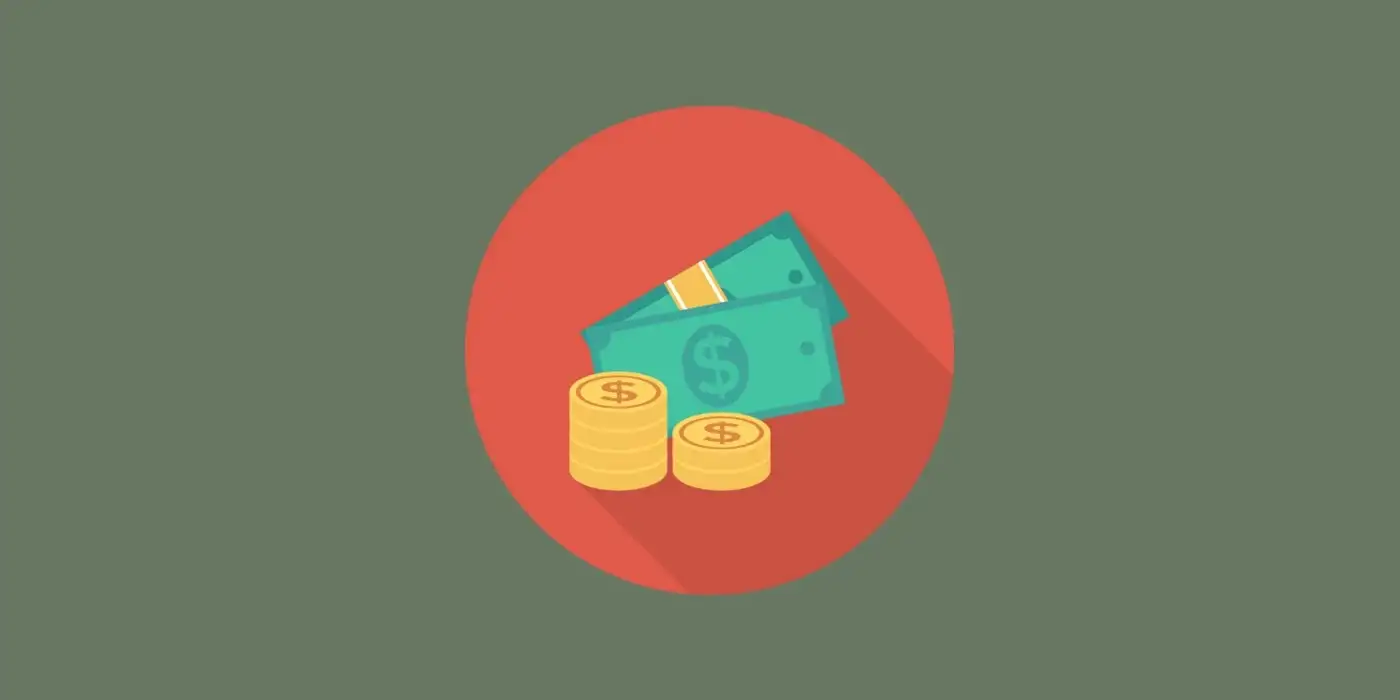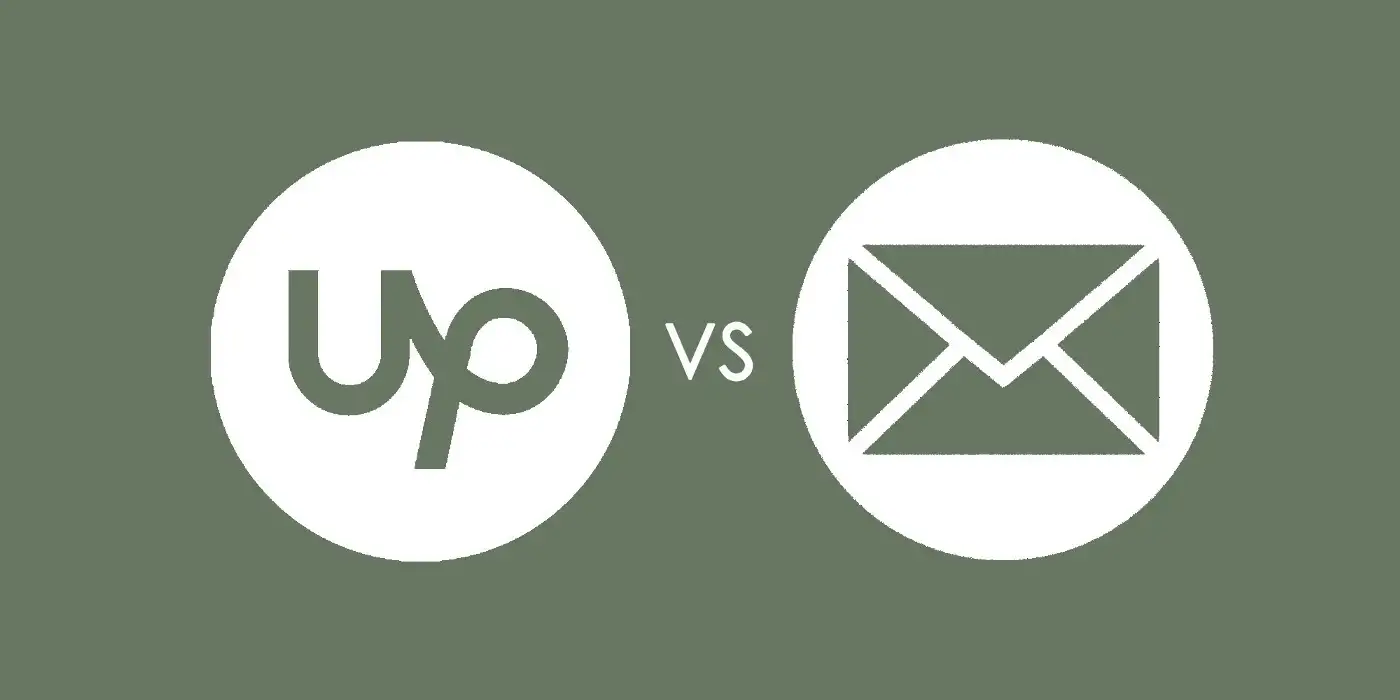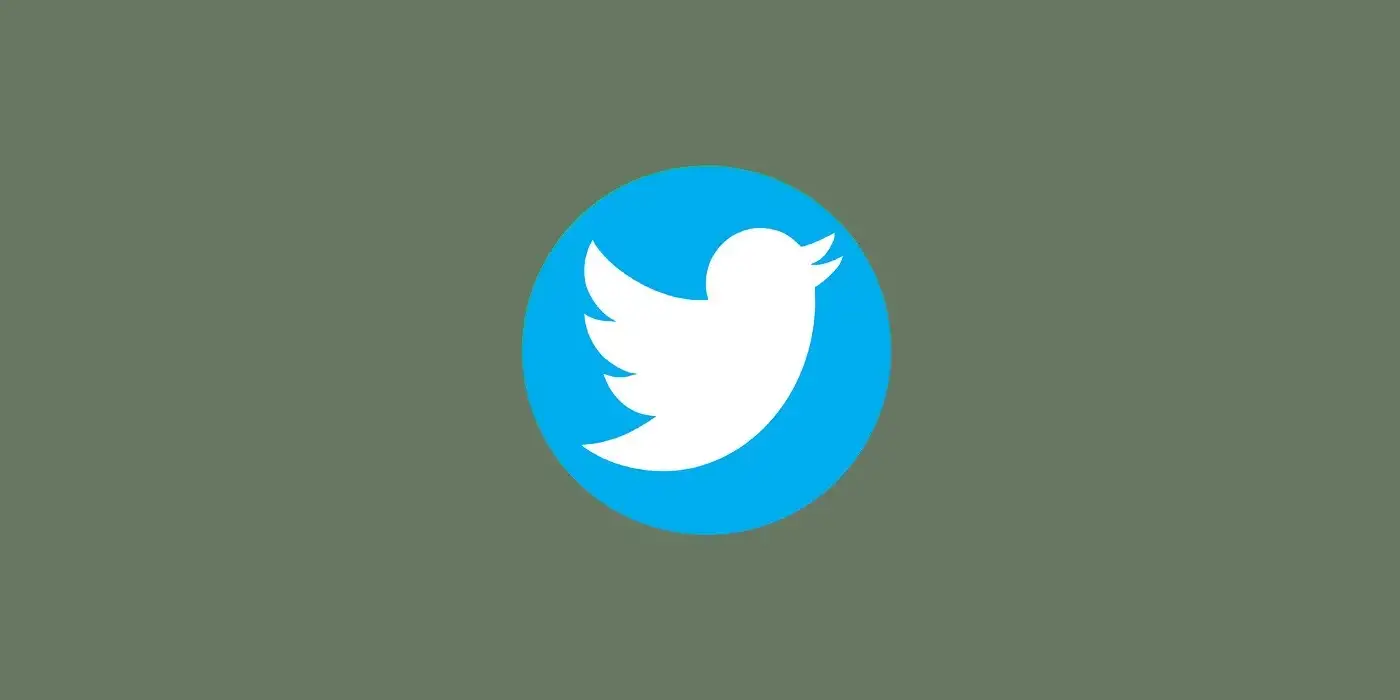
On March 22, I wrote this tweet and it went viral.
On the morning of March 23, I had over 1000 notifications. The tweet had over 10,000 likes and over a million people had seen it. I had some good fun with the responses, but I also profited in more concrete ways.
Here’s what happens when your tweet goes viral and how you can make the most of it.
The stats
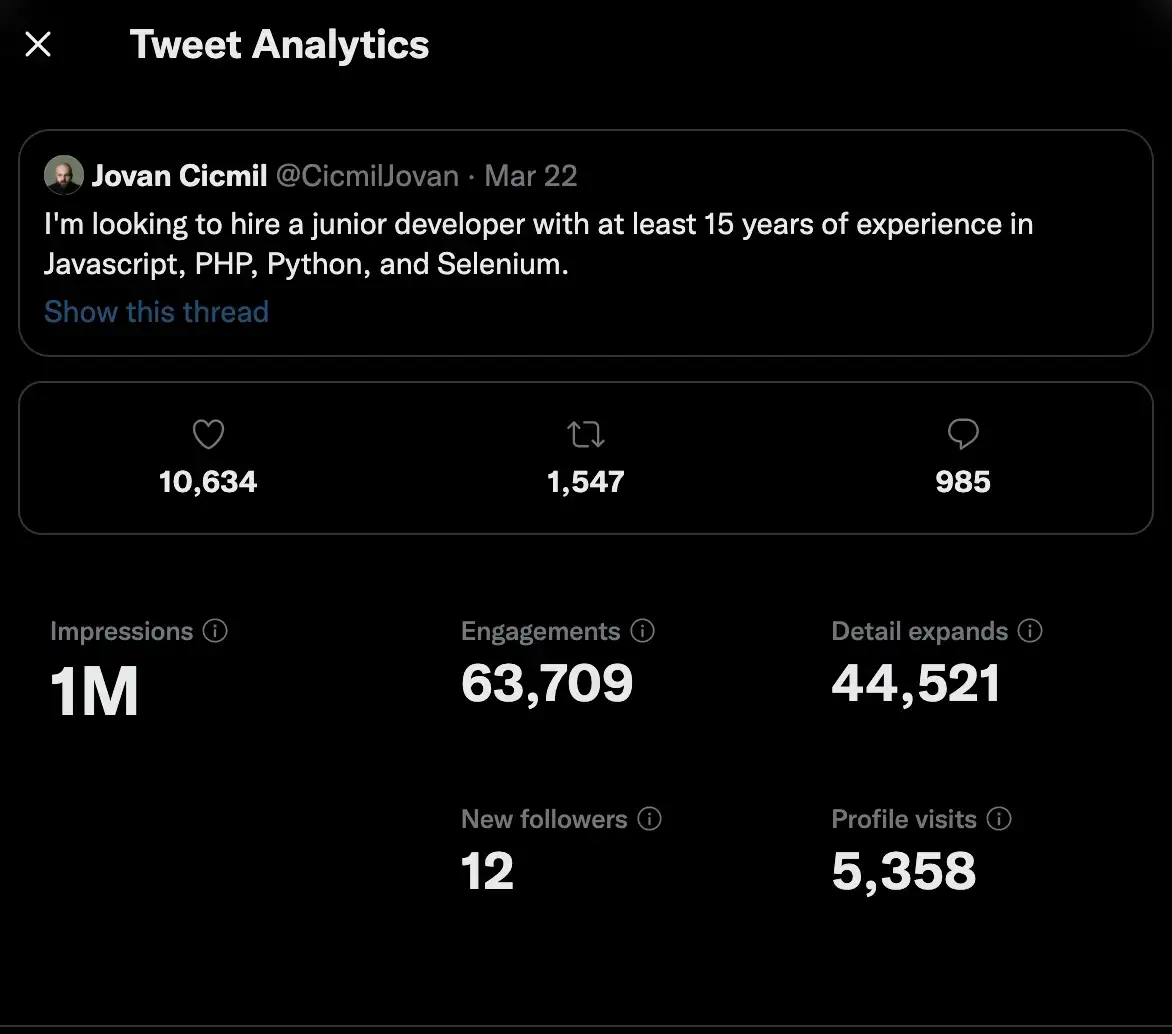
What the statistics don’t show is that around 500 people followed me after reading the tweet. The number in the screenshot (12 followers) are just people who clicked the ‘Follow’ button directly from the tweet. Few people do this.
The vast majority will visit your profile and then decide whether or not to follow you. So, out of 5,358 profile visits, around 10% decided to follow me. The thing to remember is: if your profile doesn’t impress at first sight, you can have 100,000 people visit it and nearly nobody will follow you.
Here’s what people found when they opened the profile:
- A professional profile photo.
- A brief bio explaining who I am and what I do.
- Social proof in the form of about 5,000 followers I had at that point.
- A ton of useful content about my niche (freelancing, entrepreneurship, tech).
If your profile is empty, off-topic, or childish, visitors will see no point in following you. One funny tweet isn’t enough. You may not have #3 from the list above, but if you’re interested in growing an audience, then you must work on the other three items.
You never know when a swarm of people will visit your profile. Be prepared.
The profits
How does a mildly funny tweet make money?
Again, you have to be prepared. Note three more things on my profile:
- The banner lets the visitors know about the book I released last year.
- The bio links to the book.
- The website link takes the visitor to a page listing everything they can purchase from me.
- The pinned tweet is attention-grabbing: the release announcement for my book.
The visitor influx from the viral tweet generated three paperback sales on Amazon and five ebook sales on Gumroad, for a total profit of $120. As simple as that. You have to have something to offer.
It doesn’t have to be a book (or any other kind of product). It can be a service you offer, an affiliate link you’re promoting, or anything else with the potential to generate revenue. Generating sales is not a matter of writing engaging tweets. It’s a matter of having a profile that will convert visitors into buyers.
The better the match between the niche of your product/service and the topic of the viral tweet, the better your conversion rate will be. If you’re selling a JavaScript course, a thousand visitors from a tweet about JavaScript will likely generate more sales than a hundred thousand visitors from a tweet about Will Smith’s family life.
The timing
The fact that I didn’t immediately notice the popularity of the tweet probably cost me a lot of sales: if I had written a response to the tweet on the night of March 22nd linking to my freelancing book, it would have had a lot of eyes on it and very likely would have generated some sales.
The book fits the tweet perfectly, as becoming a successful freelancer can be seen as a solution to the recruiting problems the original tweet jokes about.
Oh well — no crying over spilt milk.
The intangible benefits
Besides the obvious benefits, there are intangible ones. When you have that many eyes on you, you don’t know what good things will happen.
The 500 new followers might become customers down the line. They can also help promote my content to more people, thus generating more followers and more sales.
I also had over 2000 visits to my Medium account and stories, around 30 new Medium followers, and 1 new Medium referral.
And then there’s the Twitter algorithm. Like it or not, we live at the mercy of algorithms. We can’t know exactly how Twitter’s algorithm works, but you can rest assured that creating that much engagement can only help your chances. Good recommendation algorithms value creators who can spark activity.
The formula
There’s no formula for successful tweets (which doesn’t stop every influencer on Twitter from trying to sell one to you).
But, if we look at this particular tweet, we can surmise what made it popular. There are probably 1000 tweets out there making the same point about the state of online recruiting in tech. I noticed this by using Tweet Hunter (which I recommend as a Twitter management/exploration tool). The trouble is, most of those tweets are either not funny or way too obvious. They start out with a ridiculous proposition instead of building up to it. They strike an angry or self-righteous tone. Some are even wrapped in
I started with a feasible idea (seeking a junior developer) and slowly unraveled the absurdity of the demands. But there’s a Goldilocks zone of absurdity here — when you’re done reading, it’s still not 100% obvious that I’m joking. This accomplishes two things. It makes the readers who get the joke feel in on it, making them share the tweet further. It makes the readers who don’t get the joke annoyed and vindictive, making them — guess what — share the tweet further. If I had ended with an obviously nonsensical statement such as “must have 10 years of experience in space exploration” it might have made for a better punchline but I guarantee that it wouldn’t have had the appeal it had.
The Twitter algorithm loves a bit of ambiguity because it drives engagement through the roof.
Conclusion
The analysis above is purely retrospective. When I wrote the tweet, I was just trying to be clever. It caught fire this time. It didn’t catch fire a hundred other times. There is no guarantee of success, but two truths can be derived from this story.
The first is that you will eventually hit the target if you keep shooting for it.
The second is that you must be prepared for this moment in order to capitalize on it. Most freelancers 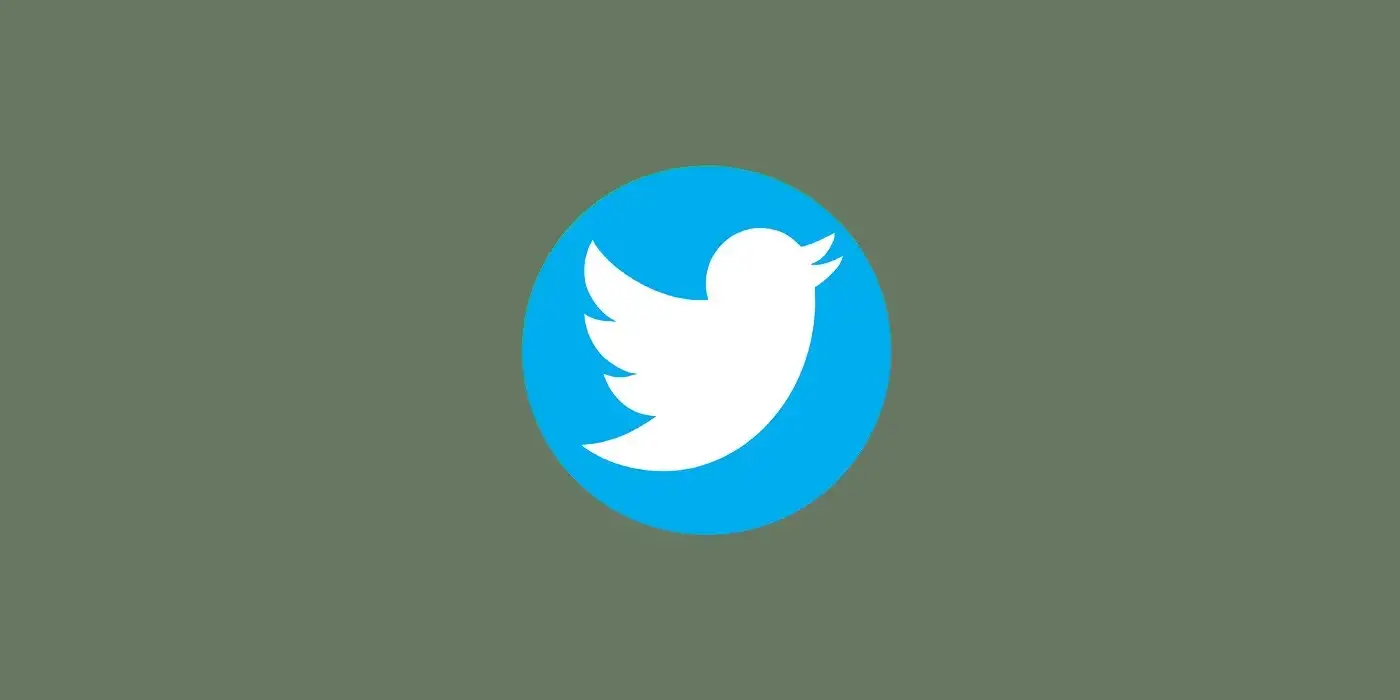 How To Effectively Use Twitter as a Freelancerdon't use Twitter effectively. Most of the content I share is useful to freelancers and entrepreneurs. No more than 10% are relatively pointless jabs like this one. If 100% of my content were pointless jabs, then why create anything at all?
How To Effectively Use Twitter as a Freelancerdon't use Twitter effectively. Most of the content I share is useful to freelancers and entrepreneurs. No more than 10% are relatively pointless jabs like this one. If 100% of my content were pointless jabs, then why create anything at all?
I hope this helps you understand the mechanics of viral tweets, but it would be wrong to view it as a “how to write a viral tweet” guide. Consider it a “how to be ready when one of your tweets goes viral” guide.
In the meantime, keep creating quality content, be consistent, and don’t try to force things.
Don't miss the next blog post!
I publish a new blog post every Wednesday. Join the newsletter to get:
- One valuable email a week.
- Zero spam.
- Exclusive content not found in the blog.
- Reply directly to me with questions or feedback.
Use the form at the bottom of this pageon the right to join the newsletter.
